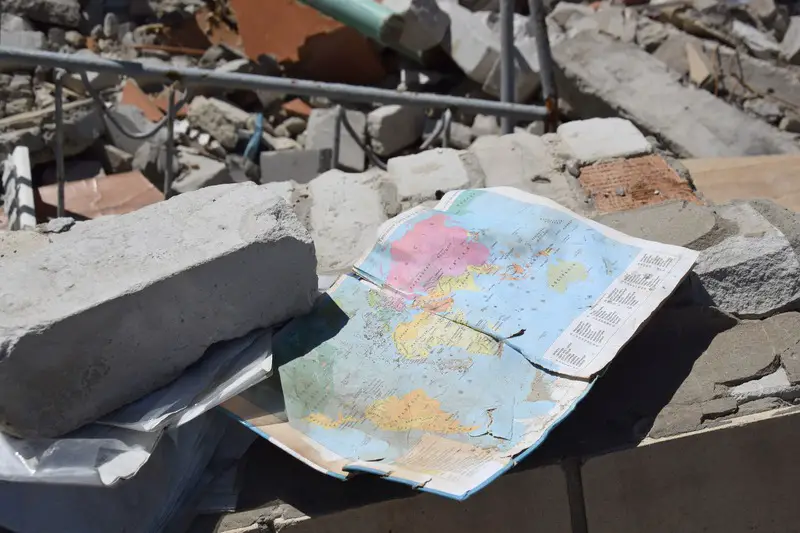Seven children lost their lives and at least 28 others were injured when the roof of a school collapsed in Rajasthan, India, on the morning of July 25, 2025, around 8:00 a.m. local time. This incident took place at the Government Primary School in Piplodi village in Jhalawar district during the students’ morning assembly.
More than 60 students and teachers were inside the single-story building when the roof gave way, trapping students beneath the rubble. Reports varied on the ages of the victims, suggesting they ranged from seven or eight to 13 to 14 years old, with two children in critical condition. Local residents quickly responded, rescuing many students, and were later joined by police and government personnel in the rescue efforts.
Some students reportedly noticed warning signs before the collapse. One survivor mentioned that pebbles were falling from the ceiling; however, when students informed the teachers, no action was taken. One teacher was reportedly eating breakfast at the time of the collapse.
The school building was said to be in poor condition, with recent heavy rains potentially contributing to the collapse. Despite this, Jhalawar district official Ajay Singh stated that the building was not deemed unsafe following a recent survey.
Indian Prime Minister Narendra Modi expressed deep sadness over the incident and offered condolences to the families affected. He assured that authorities were extending all necessary assistance to those impacted and wished the injured a swift recovery.
Rajasthan’s education minister, Madan Dilawar, stated that experts were reviewing the stability of other buildings on the school campus.
This incident underscores broader issues with infrastructure in India’s educational system. Data indicates that over 6,000 schools across India lack adequate buildings, and only 57.2% of schools have functional computers. The Piplodi school served primarily marginalized communities, with 78 of its 94 students from Scheduled Tribes, five from Scheduled Castes, and 11 from Other Backward Classes.
Building collapses during the monsoon season in India are not uncommon, often due to poor enforcement of safety regulations, which leave structures vulnerable to heavy rains.
Following the incident, the Union Education Ministry instructed Chief Secretaries of all states and Union Territories to conduct safety audits of all schools. This included evaluating structural integrity, fire safety, emergency exits, and electrical wiring in line with national safety and disaster management guidelines.
The Rajasthan government announced measures to prevent such incidents, including the formation of special committees to assess the safety of government schools, colleges, and buildings. These committees were tasked with ensuring repairs are completed by June 15 each year.
Three days after the incident, another child died when a school gate collapsed at the Government Girls’ Senior Secondary School in Jaisalmer, Rajasthan. The child, Arbaaz Khan, was killed while waiting for his sister when the gate and its column fell on him and two others.
The rescue operation at the Piplodi school concluded within hours, with many students rescued alive. Local reports indicated that 32 students were saved, though some sustained serious injuries. The injured were treated at local hospitals, while the most severe cases were transferred to district medical centers for specialized care.
By early September, families of the victims had received ₹12–13 lakh (approximately $15,000) each in relief, with an additional ₹1 lakh ($1,200) pending from insurance.
The Union Education Ministry ordered a nationwide safety audit of schools, covering structural integrity, fire safety, wiring, and emergency preparedness.
A 60-year-old farmer, Mor Singh, donated his two-room house to keep classes running. The state later declared Piplodi a “model village” and sanctioned ₹1.8 crore (approximately $216,000) for a new school and facilities.











